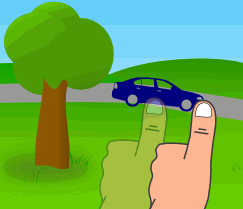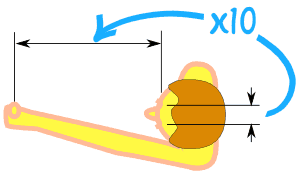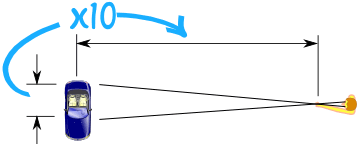An article in MoneyWise discussed the skills we are losing and
listed some of them the writer thought important that we keep. Over the next few posts, I will highlight some of the skills identified in the article and give my view on whether we should keep or lose the skill. I am interested in what do you
think, so let me know in the comments.?
Back in the early days of the digital age, we talked about
Digital natives, which were people who were born into a world where technology
was already an integral part of daily life, and digital tourists or visitors, which
were people who were only introduced to tech in their later years. For the
record, I am a Digital tourist.
As computerization continues formerly essential skills like switchboard
operation or being a human calculator have perished.
With any change comes loss, and more than a few life skills
society used to take for granted are falling by the wayside. From
ironing your clothes to the way we communicate, here are some skills that we
should keep and some that can just go the way of the dinosaur.
1. Reading a map
In my youth, I once went on a Gymkhana. For those who don’t know, a gymkhana is a type of motorsport, known as Motorkhana in Australia and New Zealand and Autotesting in the United Kingdom and Ireland. Similar
to autocross, the goal of gymkhana is to achieve the fastest time possible;
memorizing the course is a significant part of achieving a fast time. But if
you don’t memorize the course, you have a navigator who used a map to keep you
on track. I was the navigator, and we became hopelessly lost and ended up not
last but near the end.
Map reading was never my strong suit, but I think for those
times when one is travelling, and Google Maps is not available this is a skill
to keep.
In a survey commissioned by British mapping company Ordnance
Survey, researchers found that only 20% of millennials wished they were better
at reading maps. They probably should be though, because 60% of millennial
respondents say they are reliant on digital maps when going somewhere new and a
quarter are very reliant even in their day-to-day lives.
Google Maps and Waze are essential tools of 21st-century
navigation, but there are countless stories of times GPS has failed travellers,
causing them to be stranded in desolate locations.
The first time I used Google
Maps for directions in my car, we ended up on a mountain path that was a nightmare,
and it took us about 4 hours out of our way, our problem was that the owner of
the phone we were using had programmed the map wrong, but we believed in the
technology when we should have read the map. There’s also the question of what
happens if your phone runs out of battery, or you can’t access online maps. So I vote that we keep the skill of map reading and teach it to the yonger generation, just in case of emergency.




